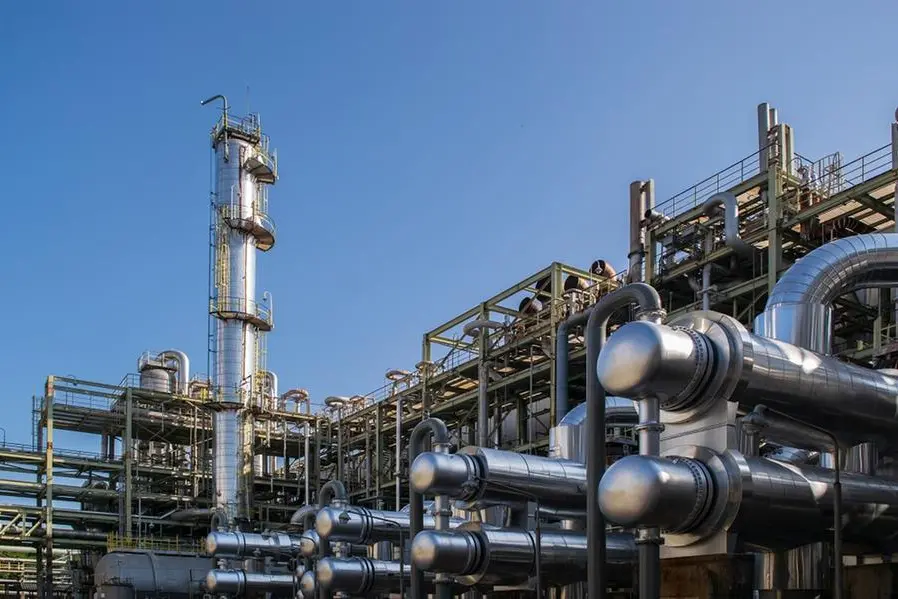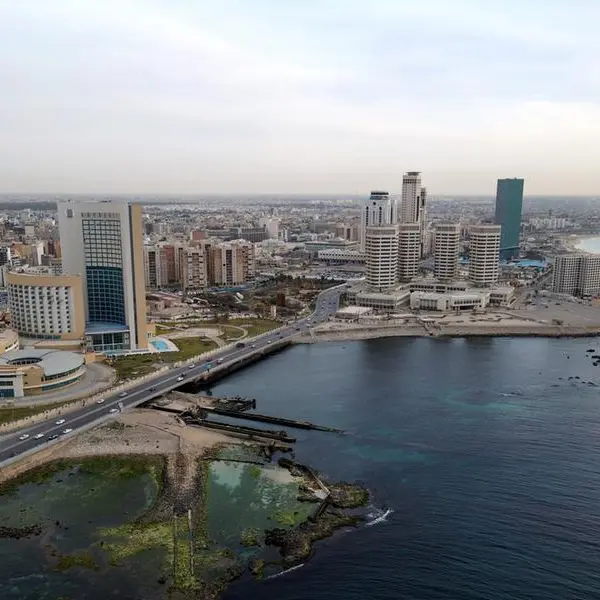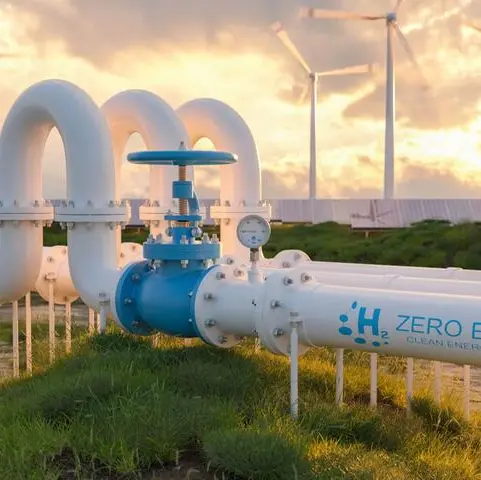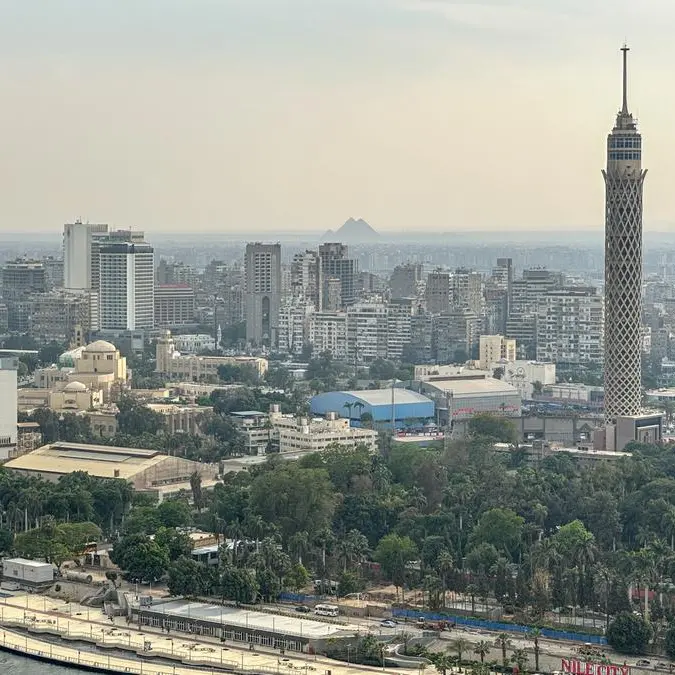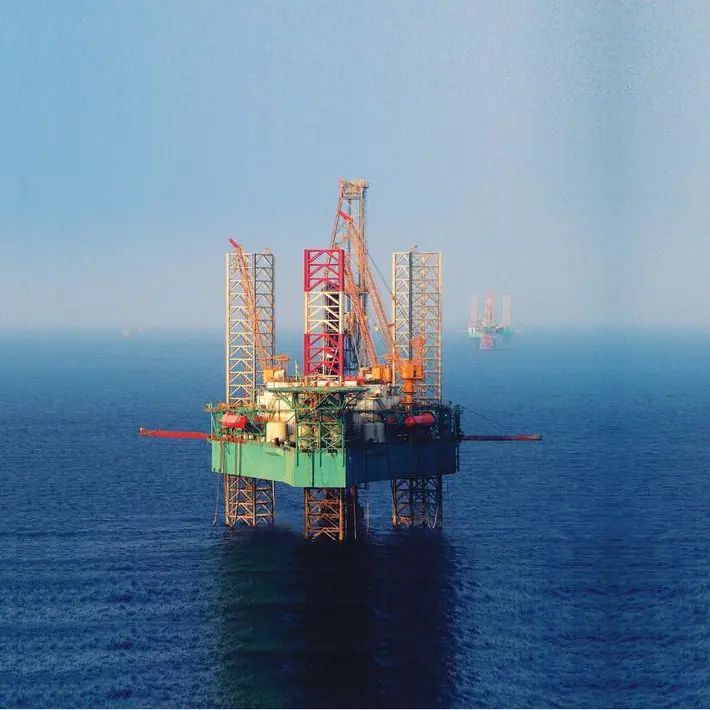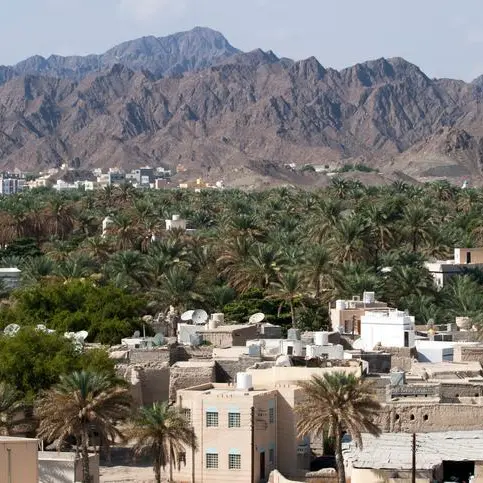PHOTO
Saudi Arabia's petrochemical producers are staring at a few more quarters of squeezed margins as higher feedstock prices, lower product prices, and a supply glut have combined to brew a perfect storm for the industry.
With the global economy expected to slow in 2024, the demand for petrochemicals could remain depressed, putting pressure on companies. "Demand for commodity chemicals is very closely related to GDP and with global growth expected at less than 2%, so that's not a great starting point for demand recovery," Oliver Connor, Vice President, Natural Resources & Climate Energy Technology at Citigroup Global Markets told Zawya.
The kingdom, which aims to be a major player in the global petrochemicals market, has pushed large-scale capacity expansions in recent years. Last month, Investment Minister Khalid al-Falih forecast investments in Saudi Arabia's petrochemicals sector to reach $600 billion by 2030.
In addition, in the face of a potential global shift away from fossil fuels to renewables, the kingdom plans to maximise the value of its crude resources by developing a crude-to-chemicals strategy that, according to state oil giant Saudi Aramco, will raise the chemical production level per barrel of oil from the standard 8% to 12%, potentially up to 50%.
On the supply side, capacity additions worldwide, particularly in China, have led to a supply overhang of most commodities. According to a recent report by Deloitte Insights, China completed more than 20 petrochemical projects in 2023, pushing its global share of petrochemical capacity up to 25%. Furthermore, the expanded capacity is in ethylene, propylene, polyethylene, and polypropylene, which means less demand for imports from the Middle East.
"The persistence of the global commodity supply overhang into 2024 is highly probable, particularly if China's economic growth experiences a slowdown. This situation poses considerable challenges for Saudi Arabia's economy. Nevertheless, the country's cost advantages, diversification efforts, and geopolitical influence provide potential avenues to navigate through these challenges," Neetika Gupta, Head of Research at Oman-based Ubhar Capital, told Zawya.
Margin erosion
Saudi Arabia's domestic petrochemical sector has traditionally enjoyed a competitive edge as the lowest-cost producers benefit from the kingdom's lower extraction cost per barrel of crude, which has been passed on to the petrochemical producers as discounted feedstock, mainly naphtha and natural gas liquids (NGLs).
However, early in January, Saudi Aramco sharply raised feedstock and fuel prices for domestic producers, which has led many of them to project a hit on earnings as early as the first quarter of 2024. Significantly though, despite the hike, they are still at the bottom of the global cost curve.
"The rise in feedstock prices, commencing in Q1-2024, will affect the margins of SABIC and its affiliates in the Kingdom, consequently leading to a decrease in margins. However, the companies are looking to enhance efficiencies – although it's unlikely, in my view, that they can entirely offset the impact from high feedstock prices through efficiencies unless there is [an] increase in output price," said Gupta.
Aramco's chemicals push
Meanwhile, oil giant Saudi Aramco is spearheading its own crude-to-chemicals development, which will convert 4 million barrels per day into high-value chemical goods such as fertilisers and plastics.
"Aramco's entry into the chemicals market might increase the overall supply of petrochemicals, potentially leading to lower prices, especially feedstock. However, in the event of geopolitical tensions or disruptions in the supply chain distribution leading to a rise in crude oil prices, the cost of all oil-derived feedstocks would inevitably increase, even if production expands," said Gupta.
For fertiliser producers, the outlook is no better. Prices for fertilisers, including urea, ammonia, and diammonium phosphate (DAP), experienced significant growth in September and October, boosting margins. "However, from November onward, prices have seen a decline, and we anticipate a further decrease in January and February. These months typically fall outside the major planting seasons for many crops, resulting in lower demand for fertiliser," said Gupta.
Citi Research's Connor said catalysts for a potential upside would have to be on the demand side. "If we see better macroeconomic circumstances (interest rates come down faster than expected), then demand could pick up, which would help margins. But because of that capacity overhang, even in that situation, the upside is a bit capped. From our discussions with the major producers, we gather that they are expecting this to be a longer cycle. It's not an easy environment to navigate."
In terms of the companies themselves, those engaged in different stages of the value chain have an advantage over price fluctuations in any single segment, said Gupta.
"For instance, SABIC exemplifies resilience due to its diverse portfolio and strong international presence, which mitigates reliance on the domestic market and facilitates access to diverse revenue streams. Both SABIC and Sipchem are noteworthy leaders in this regard."
She said companies that concentrate on final products, such as plastics and textiles, tend to be more sensitive to fluctuations (e.g., Yansab). Additionally, companies relying heavily on a single raw material may encounter challenges when its price experiences sharp fluctuations or the supply is disrupted.
Connor said the smaller Saudi producers (Saudi Kayan and Saudi Yansab) would be more vulnerable than their peers from a portfolio standpoint. However, from a balance sheet standpoint, they are still very competitive.
"From an investment viewpoint, some of these stocks look relatively cheaper, but the challenge would be that the investors would have to hold until the cycle turns."
(Reporting by Brinda Darasha; Editing by Anoop Menon)
